Home>Storage Ideas>Living Room Storage>3 Antimicrobial Surfaces That Repel Germs For A Cleaner Home
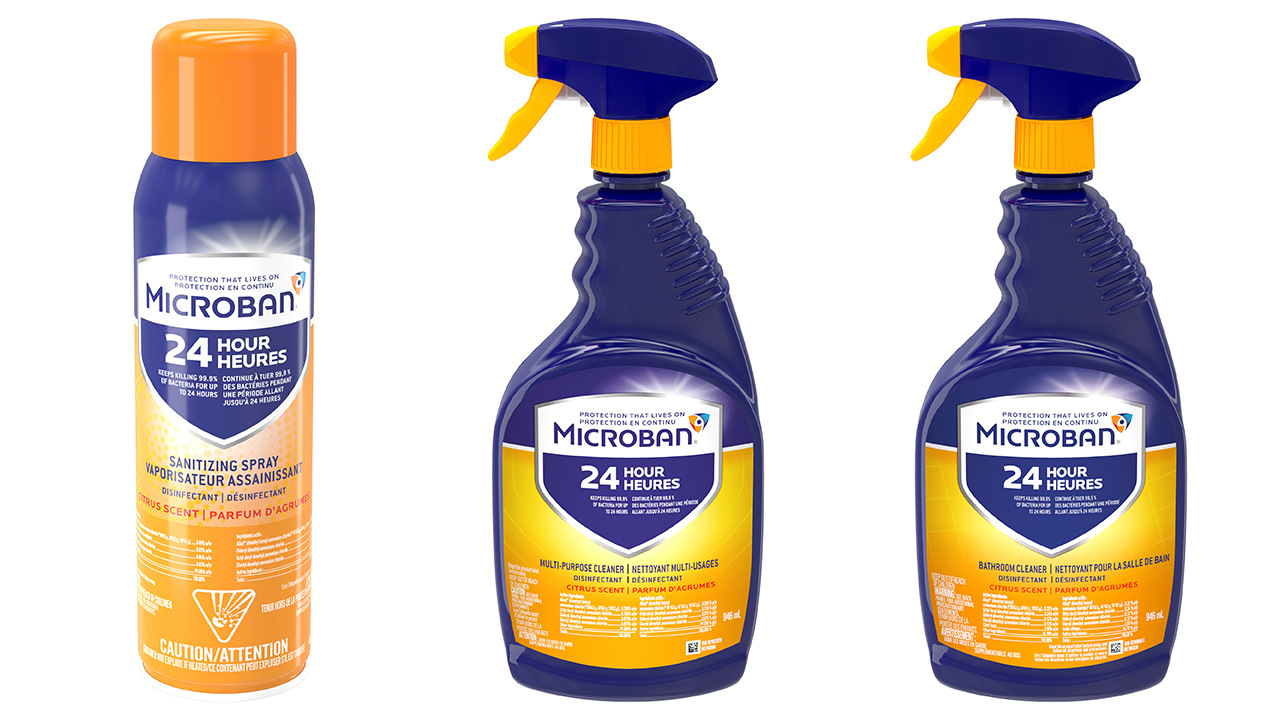

Living Room Storage
3 Antimicrobial Surfaces That Repel Germs For A Cleaner Home
Modified: January 7, 2024
Discover 3 antimicrobial surfaces that repel germs, ideal for a cleaner home. Explore living room storage solutions for a healthier living space.
(Many of the links in this article redirect to a specific reviewed product. Your purchase of these products through affiliate links helps to generate commission for Storables.com, at no extra cost. Learn more)
Introduction
In today's world, the concept of a clean and healthy home extends beyond regular dusting and disinfecting. As we become increasingly aware of the importance of maintaining a hygienic living environment, the demand for innovative solutions to combat germs and bacteria continues to rise. Enter antimicrobial surfaces, a cutting-edge technology designed to repel germs and promote a cleaner home.
Antimicrobial surfaces are revolutionizing the way we think about household cleanliness. By integrating advanced materials and technologies, these surfaces actively combat the proliferation of harmful microorganisms, providing an added layer of protection for you and your family. From silver-infused coatings to copper-infused materials and nanotechnology-based surfaces, the options are diverse and effective.
In this article, we will explore three remarkable types of antimicrobial surfaces that repel germs, offering insights into their functionality and the benefits they bring to the home. By understanding the unique properties of these surfaces, you can make informed decisions about incorporating them into your living space. Let's delve into the world of antimicrobial surfaces and discover how they can elevate the standard of cleanliness in your home.
Key Takeaways:
- Keep your home cleaner and healthier with antimicrobial surfaces like silver-infused materials, copper-infused surfaces, and nanotechnology-based solutions that actively repel germs for continuous protection.
- Antimicrobial surfaces offer a proactive and sustainable way to fight germs, providing long-lasting protection and contributing to a more hygienic living environment for you and your family.
Antimicrobial Surfaces in the Home
Antimicrobial surfaces have emerged as a game-changing solution for maintaining a healthier home environment. These innovative materials are designed to inhibit the growth and spread of microorganisms, including bacteria, fungi, and viruses, on various household surfaces. By integrating antimicrobial technology into everyday items, such as countertops, doorknobs, and furniture, homeowners can minimize the risk of germ transmission and enjoy a cleaner living space.
One of the key advantages of antimicrobial surfaces is their ability to provide continuous protection against a broad spectrum of germs. Unlike traditional cleaning methods, which offer temporary disinfection, antimicrobial surfaces actively work to hinder the growth of microorganisms over an extended period. This proactive approach to germ control can significantly reduce the likelihood of cross-contamination and contribute to a healthier home environment.
Furthermore, antimicrobial surfaces offer a practical solution for high-traffic areas within the home. Frequently touched surfaces, such as light switches and refrigerator handles, are prime locations for the accumulation and transfer of germs. By incorporating antimicrobial materials in these areas, homeowners can add an extra layer of defense against harmful pathogens, promoting a more hygienic living environment for the entire household.
As the demand for enhanced cleanliness and hygiene continues to grow, antimicrobial surfaces represent a proactive and effective strategy for addressing these concerns within the home. By leveraging the power of advanced materials and technologies, homeowners can create a living space that not only looks clean but also actively repels germs, contributing to the well-being of their families.
Silver-Infused Surfaces
Silver-infused surfaces harness the natural antimicrobial properties of silver to create a formidable defense against germs in the home. Silver has been revered for its antimicrobial capabilities for centuries, making it a trusted and time-honored solution for combating bacteria and other harmful microorganisms.
The effectiveness of silver as an antimicrobial agent lies in its ability to disrupt the cellular structure of microorganisms, ultimately inhibiting their growth and survival. When integrated into household surfaces, such as countertops, faucets, and cutting boards, silver ions actively target and neutralize bacteria, providing continuous protection against contamination.
One of the notable advantages of silver-infused surfaces is their long-lasting antimicrobial action. Unlike chemical disinfectants, which may dissipate over time or with regular use, silver-infused materials retain their germ-repelling properties, offering sustained protection for the surfaces in your home. This durability ensures that the antimicrobial benefits remain effective, contributing to a cleaner and safer living environment.
Furthermore, silver-infused surfaces offer a versatile and low-maintenance solution for homeowners. With the ability to inhibit the growth of a wide range of microorganisms, these surfaces provide comprehensive protection against bacteria, mold, and mildew. This versatility makes silver-infused materials an ideal choice for various applications throughout the home, from kitchen countertops to bathroom fixtures.
By incorporating silver-infused surfaces into the home, homeowners can proactively mitigate the presence of harmful germs, promoting a cleaner and more hygienic living environment for their families. With the enduring antimicrobial properties of silver, these surfaces represent a reliable and effective strategy for enhancing household cleanliness and safety.
Consider using antimicrobial surfaces such as copper, silver, or titanium dioxide in your home to help repel germs and keep your living spaces cleaner.
Copper-Infused Surfaces
Copper-infused surfaces offer a powerful and sustainable solution for repelling germs and promoting a cleaner home environment. Leveraging the inherent antimicrobial properties of copper, these surfaces provide an effective defense against a wide array of microorganisms, making them an ideal choice for enhancing household hygiene.
The antimicrobial efficacy of copper stems from its ability to disrupt the cellular integrity of bacteria and other pathogens. When incorporated into household surfaces such as doorknobs, drawer pulls, and handrails, copper actively works to eliminate germs, thereby reducing the risk of surface contamination and the potential spread of harmful microorganisms.
One of the remarkable attributes of copper-infused surfaces is their rapid and continuous antimicrobial action. Studies have shown that copper exhibits a rapid kill rate against a variety of bacteria, fungi, and viruses, making it an efficient and reliable option for maintaining a hygienic home environment. This proactive approach to germ control can significantly reduce the presence of harmful pathogens on frequently touched surfaces.
Furthermore, copper-infused surfaces offer a sustainable and eco-friendly solution for homeowners seeking to enhance cleanliness in their living spaces. Unlike chemical disinfectants that may pose environmental concerns, copper’s natural antimicrobial properties provide a durable and environmentally conscious means of repelling germs without the need for recurring applications or treatments.
By integrating copper-infused surfaces into the home, homeowners can benefit from a multifaceted approach to germ control, promoting a healthier and more hygienic living environment for their families. With the proven antimicrobial efficacy of copper, these surfaces represent a reliable and sustainable strategy for elevating household cleanliness and safety.
Nanotechnology Surfaces
Nanotechnology surfaces represent a cutting-edge approach to combating germs and enhancing cleanliness in the home. By leveraging the precision and effectiveness of nanoscale materials and structures, these surfaces offer a sophisticated and proactive solution for repelling a wide range of microorganisms, contributing to a healthier living environment.
One of the key advantages of nanotechnology surfaces is their ability to create a formidable barrier against germs at the microscopic level. By utilizing nanoscale structures and coatings, these surfaces can effectively inhibit the adhesion and proliferation of bacteria, viruses, and other pathogens, reducing the risk of surface contamination and the spread of harmful microorganisms within the home.
Furthermore, nanotechnology surfaces offer a versatile and customizable approach to antimicrobial protection. Through the precise engineering of nanoscale features, such as nanopillars and nanotextures, these surfaces can be tailored to exhibit enhanced antimicrobial properties, providing targeted defense against specific types of microorganisms based on the unique needs of different household environments.
In addition to their antimicrobial capabilities, nanotechnology surfaces often feature easy-to-clean and stain-resistant properties, further contributing to the maintenance of a cleaner and more hygienic home. The combination of antimicrobial efficacy and practical functionality makes these surfaces a compelling choice for homeowners seeking comprehensive solutions for household cleanliness.
By incorporating nanotechnology surfaces into the home, homeowners can embrace a forward-thinking approach to germ control, leveraging the precision and effectiveness of nanoscale materials to promote a cleaner and healthier living environment for their families. With their advanced antimicrobial capabilities and practical benefits, nanotechnology surfaces represent a compelling strategy for elevating household cleanliness and safety.
Conclusion
The quest for a cleaner and healthier home environment has led to the development of innovative antimicrobial surfaces that actively repel germs and enhance household cleanliness. From silver-infused materials to copper-infused surfaces and nanotechnology-based solutions, homeowners now have a diverse array of options to elevate the standard of hygiene within their living spaces.
Antimicrobial surfaces offer a proactive and effective strategy for mitigating the presence of harmful microorganisms, providing continuous protection against bacteria, viruses, and other pathogens. By integrating these advanced materials into various household items and surfaces, homeowners can create a living environment that actively works to inhibit the growth and spread of germs, contributing to the well-being of their families.
Furthermore, the versatility and sustainability of antimicrobial surfaces make them a compelling choice for homeowners seeking to enhance cleanliness in their homes. Whether it’s the enduring antimicrobial properties of silver, the rapid and continuous action of copper, or the precision and functionality of nanotechnology surfaces, each option offers unique benefits that cater to different aspects of household hygiene.
As the demand for enhanced cleanliness and hygiene continues to grow, antimicrobial surfaces represent a forward-thinking and proactive approach to maintaining a cleaner and safer home environment. By embracing these innovative solutions, homeowners can take meaningful steps towards promoting the well-being of their families and enjoying the peace of mind that comes with a hygienic living space.
In conclusion, the integration of antimicrobial surfaces into the home marks a significant advancement in the pursuit of a cleaner and healthier living environment. By harnessing the power of advanced materials and technologies, homeowners can create a space that actively repels germs, contributing to a more hygienic and comfortable home for themselves and their loved ones.
Frequently Asked Questions about 3 Antimicrobial Surfaces That Repel Germs For A Cleaner Home
Was this page helpful?
At Storables.com, we guarantee accurate and reliable information. Our content, validated by Expert Board Contributors, is crafted following stringent Editorial Policies. We're committed to providing you with well-researched, expert-backed insights for all your informational needs.
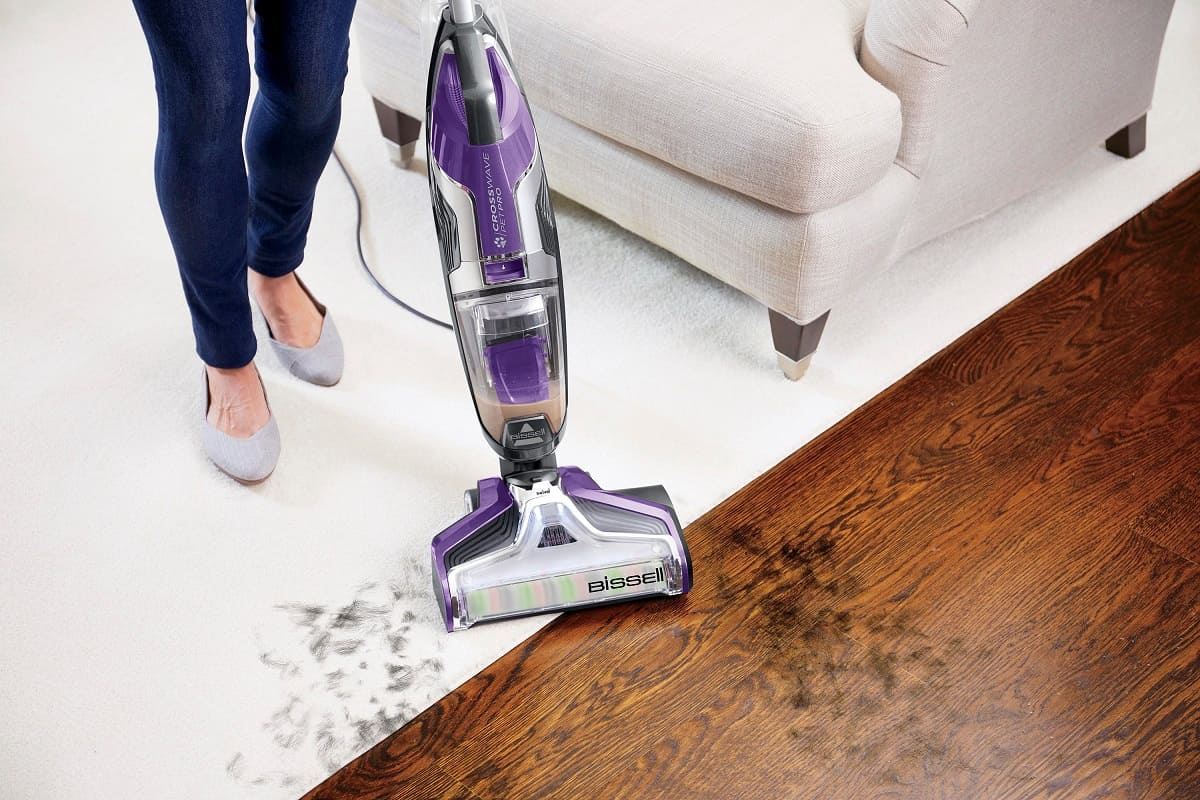
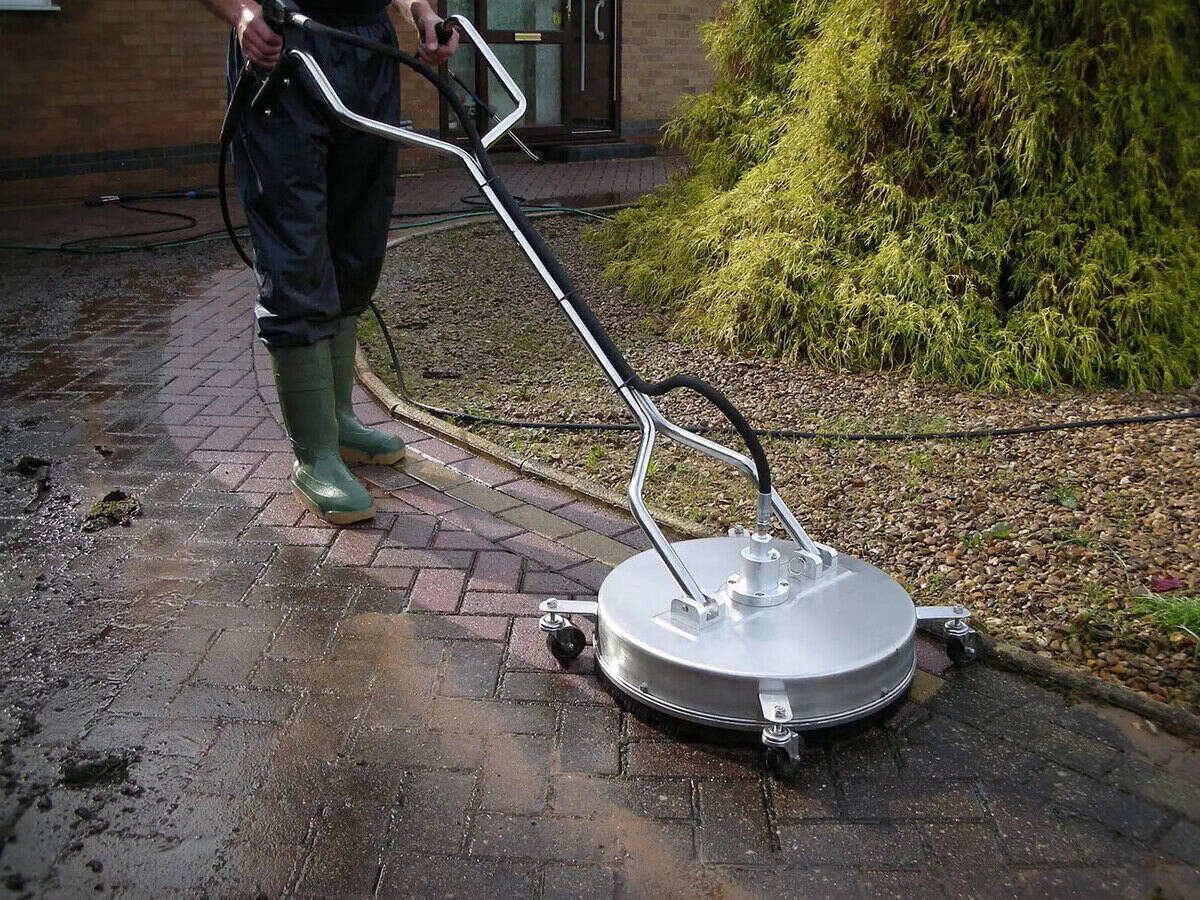
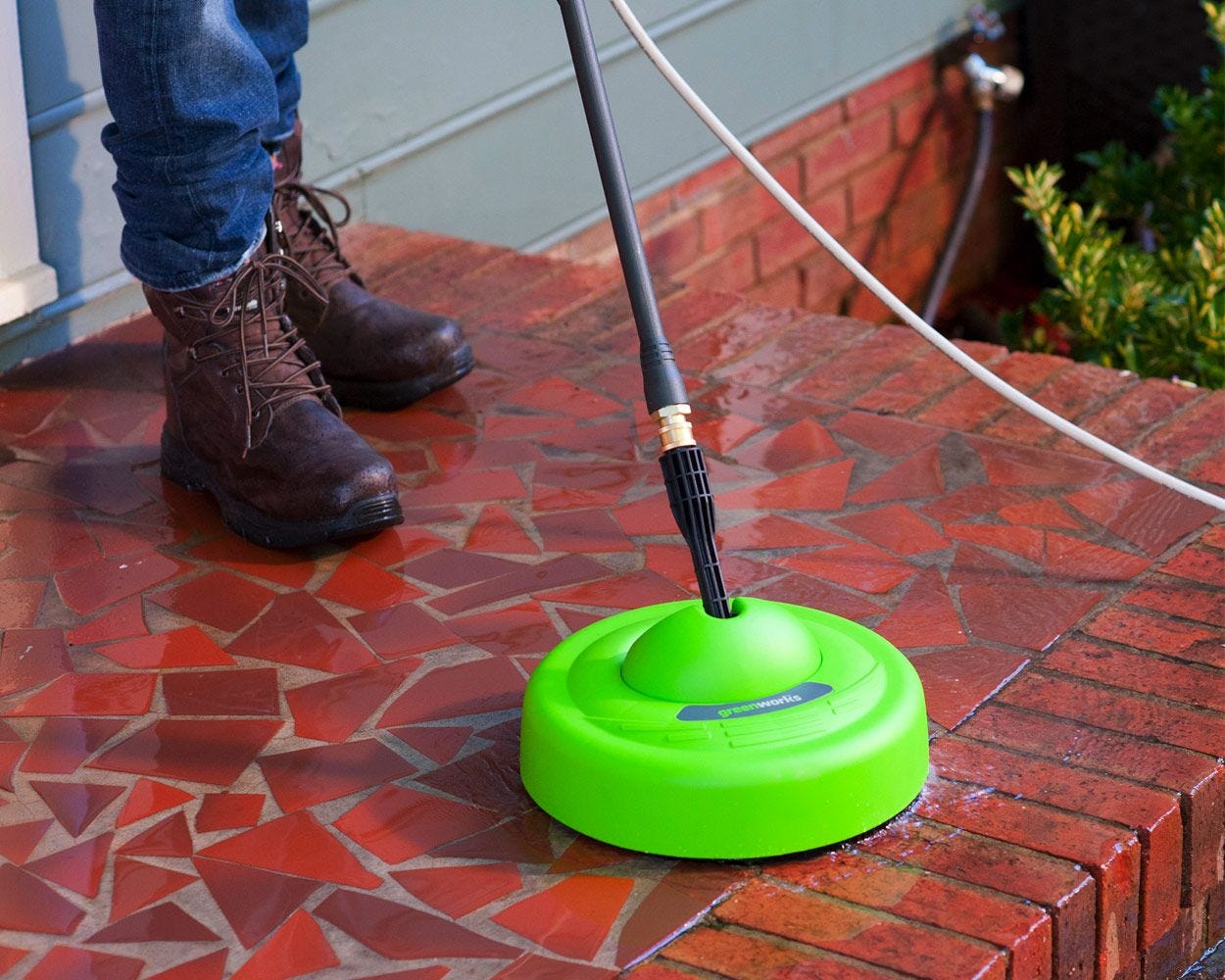

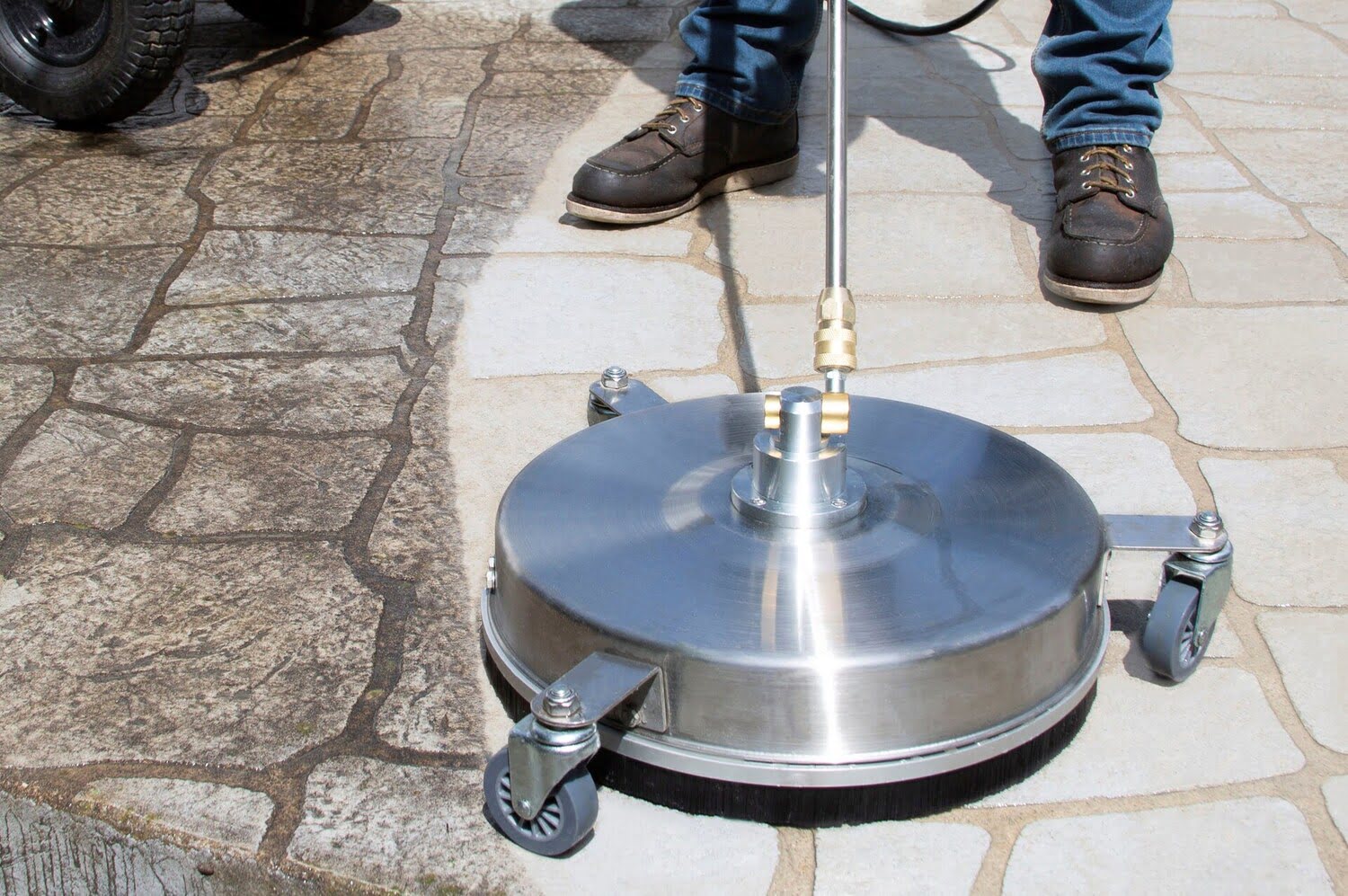
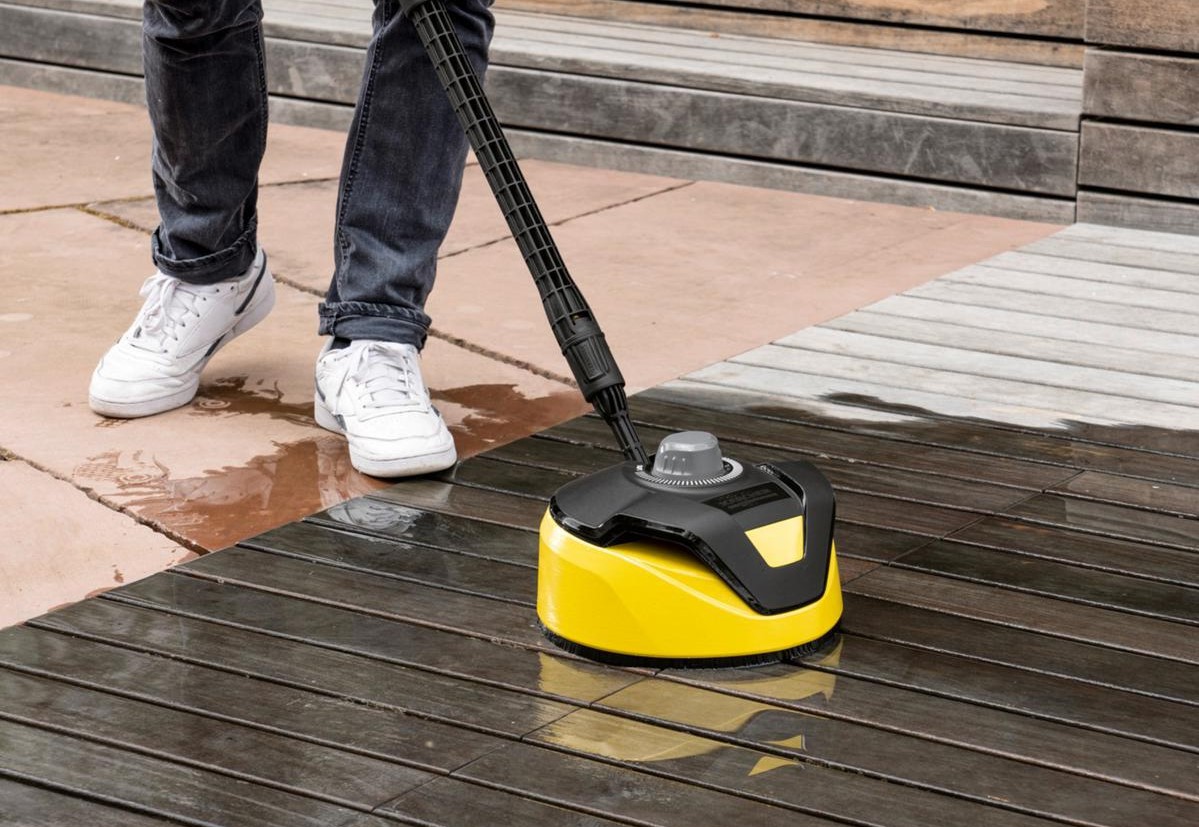
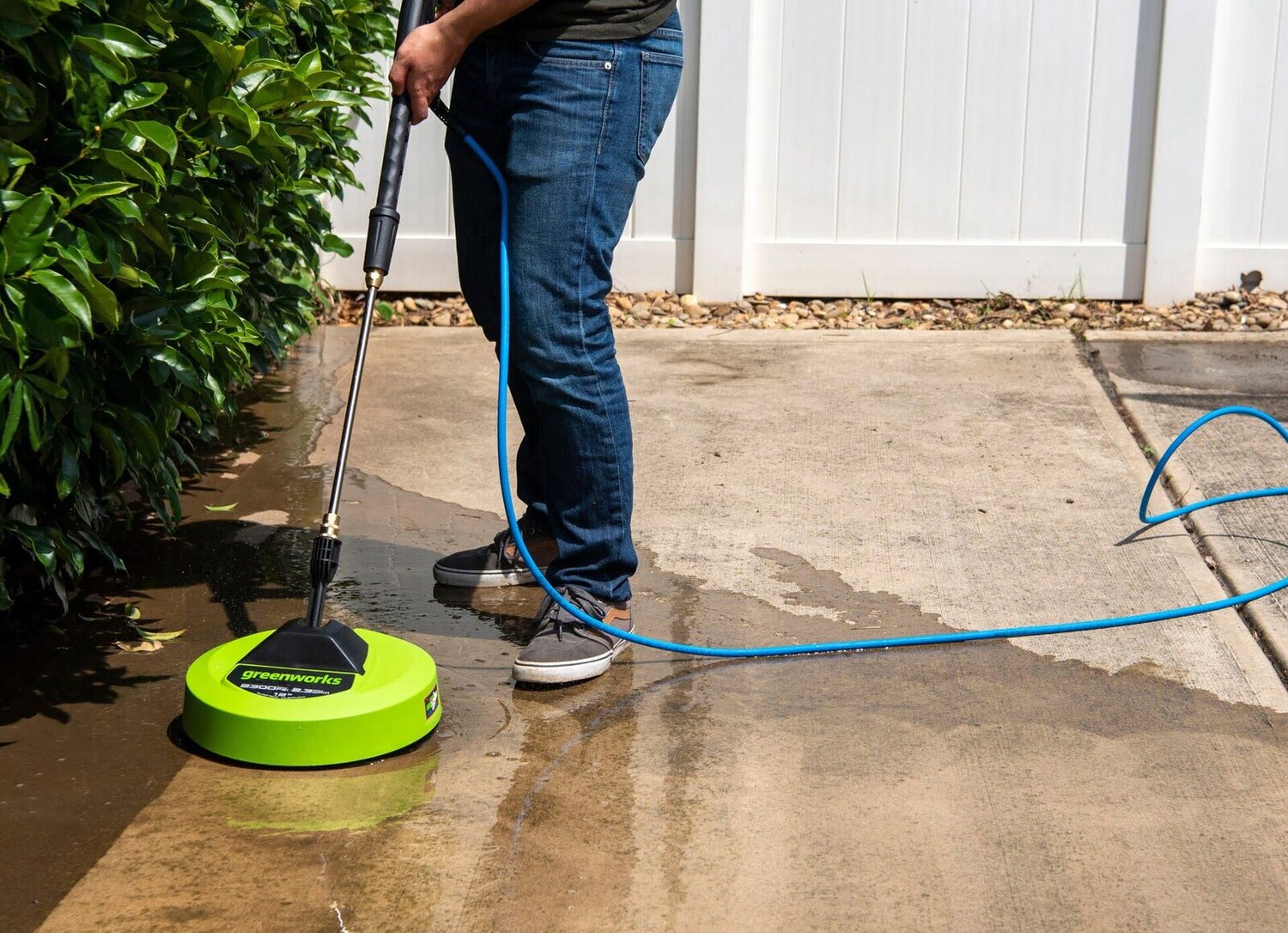



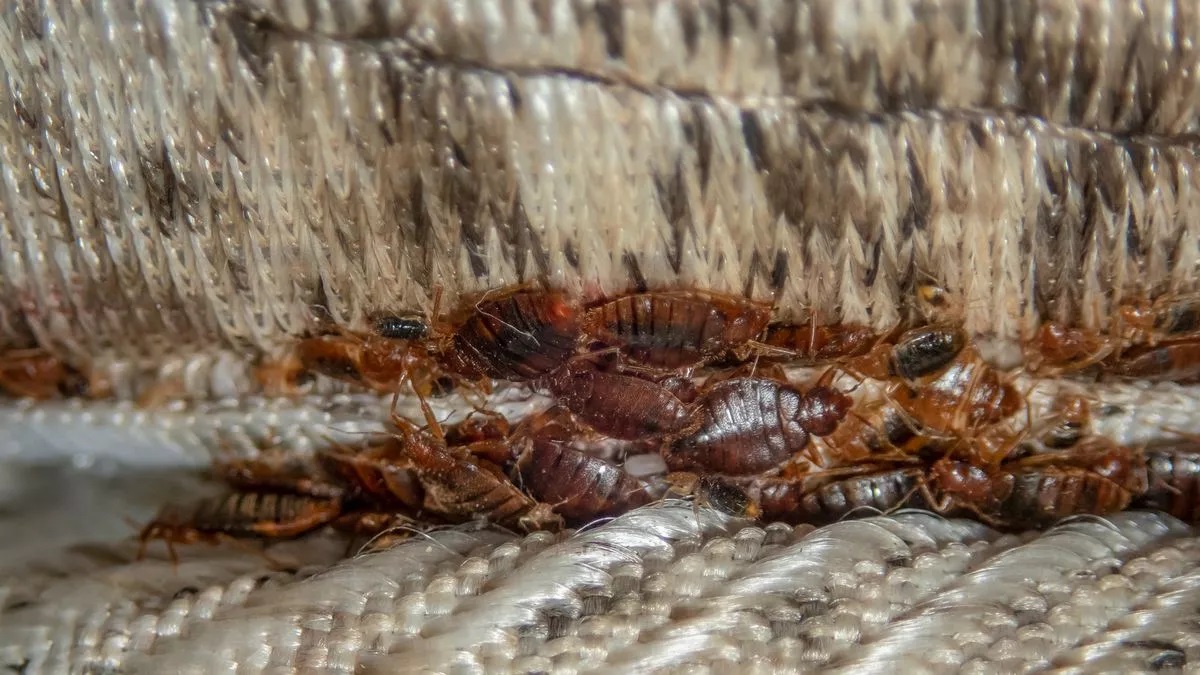
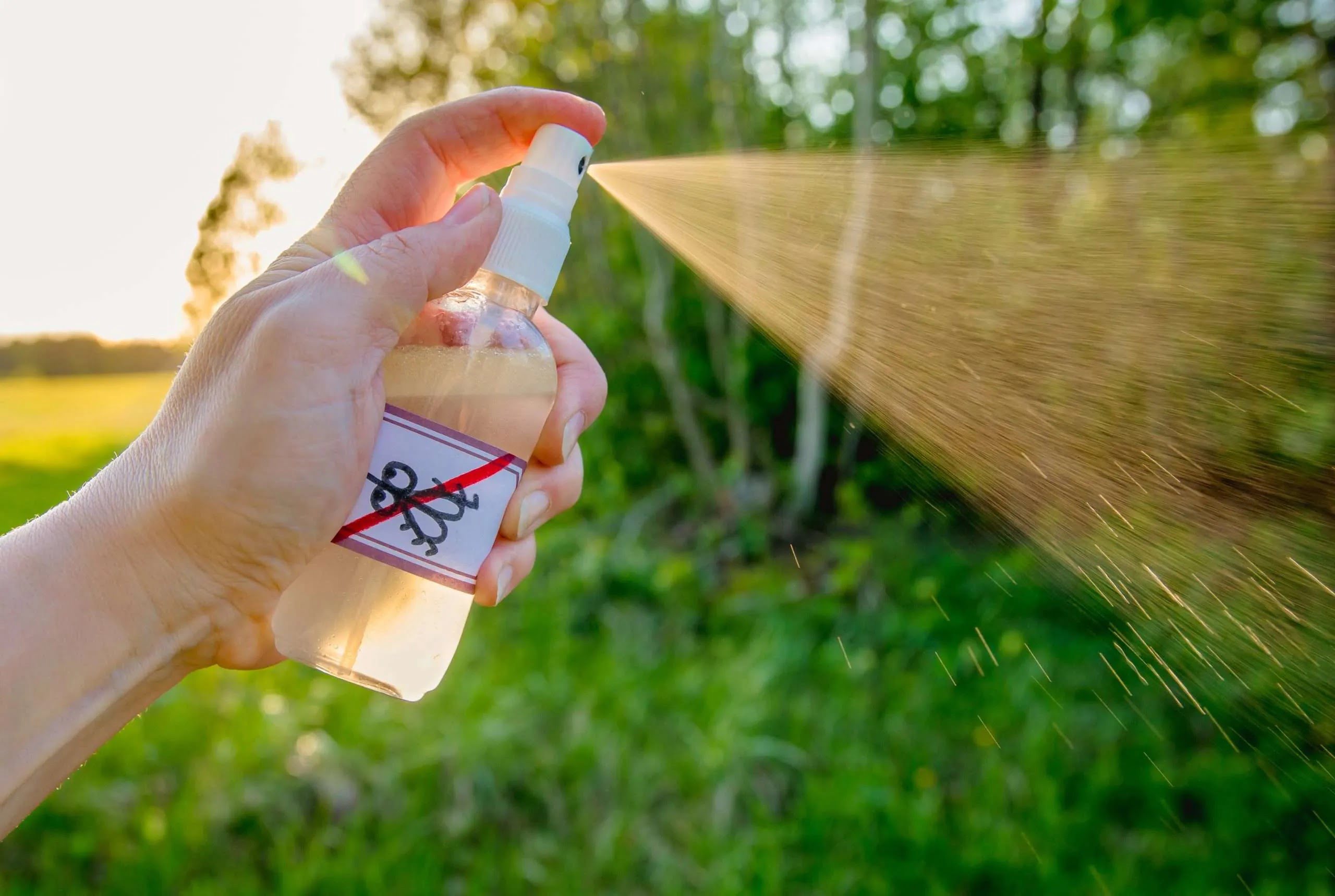



0 thoughts on “3 Antimicrobial Surfaces That Repel Germs For A Cleaner Home”